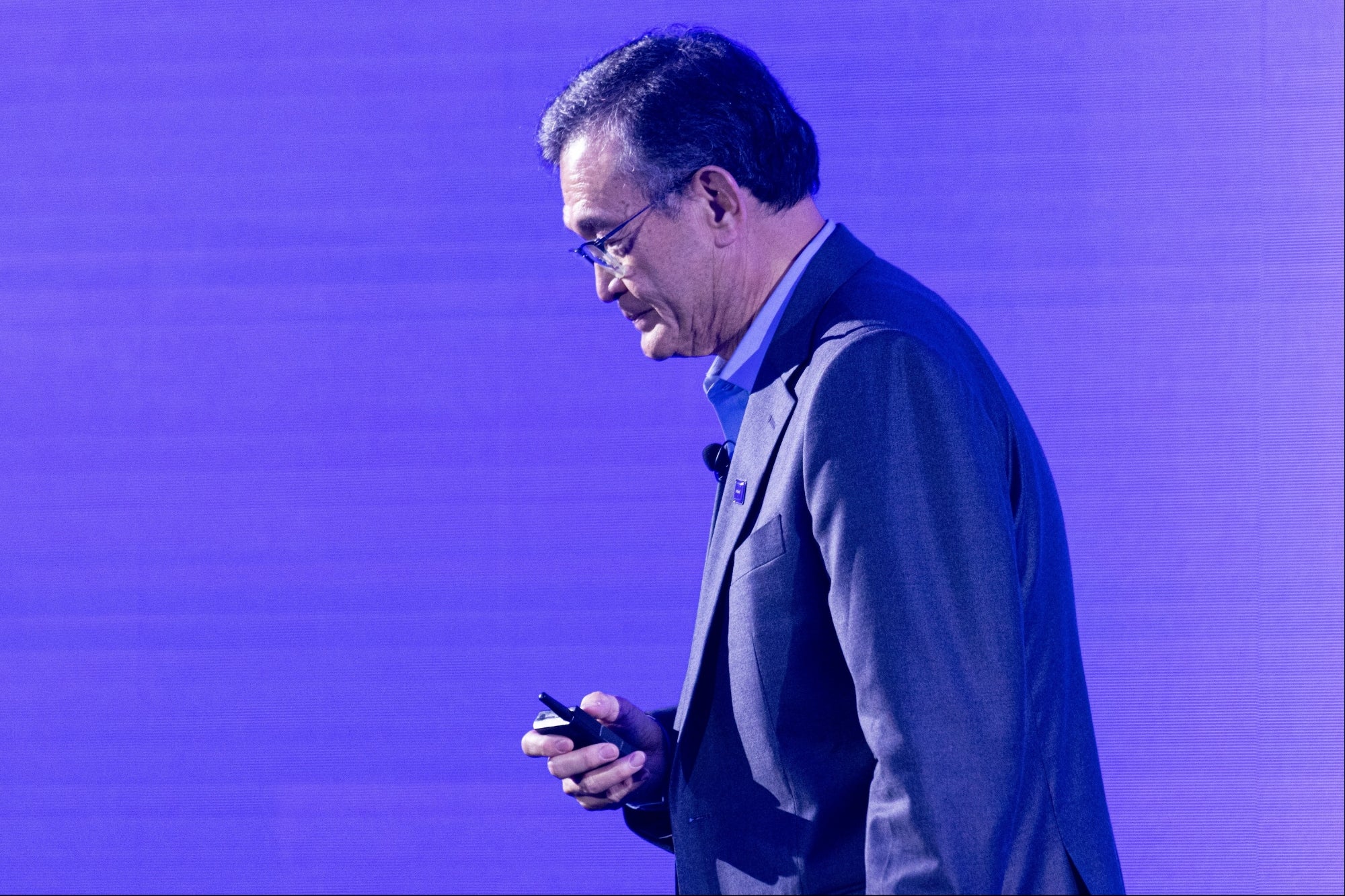The Challenges of Optimizing Your Cloud Spend in 2022 There is a misconception that being in the "cloud" automatically means that you are saving money. In fact, in 2022, one of the top initiatives many companies seek to achieve is reducing cloud costs.
By Steve Taplin Edited by Chelsea Brown
Opinions expressed by BIZ Experiences contributors are their own.
There is a misconception that being in the "cloud" automatically means that you are saving money. In fact, in 2022, one of the top initiatives many companies seek to achieve is reducing cloud costs. A State of the Cloud report conducted in 2021 by Flexera reveals that 61% of companies had plans to optimize their cloud costs.
"Respondents self-estimate that their organizations waste about 30% of their cloud spend," Flexera added. As a result, such companies find it difficult to optimize their cloud costs effectively.
In fact, a McKinsey report states that "Around 80% of enterprises consider managing cloud spend a challenge." But what is the main cause of this problem? Keep reading to discover the top cloud cost optimizations issues and learn how to solve them.
Related: The New Normal Is Here To Stay: Businesses Will Only Grow On Cloud
Types of cloud computing services
Containers as a service: This type of service allows for easy, scalable and safe management of containerized apps owned by an organization.
Platform as a service: It's a platform-based cloud computing service that allows organizations to create, run and manage apps easily.
Multicloud as a service: It involves using cloud computing services from various cloud services, platforms or software.
Functions as a service: This cloud service allows you to perform coding to respond to events without using a complex infrastructure.
FinOps as a service: It's a cloud service that builds a culture based on financial accountability across an organization's cloud services.
Related: Cloud Technology: The Way Big Enterprises Can Increase Efficiency
Bare metal vs. cloud servers
Installation of the bare metal server, also known as a physical or dedicated server, occurs in a controlled and highly supervised setting. In contrast, the cloud server has its hardware resources shared with other companies.
While both server types have the same amount of core speed, bare metal servers will outshine the shared servers, because of their physical and straight access to processing resources.
A shared server uses a network-connected (shared) storage block, while bare metal servers use its local storage. But they can all use HDD and flash-based or SDD storage.
A bare metal server is more expensive than a shared cloud server when it comes to cost, because a bare metal server user has to pay for idle hardware resources as it's dedicated only to support specific users.
Below, I'll discuss the top five cloud cost optimization issues to avoid and how to deal with them:
1. Getting persuaded by savings plans, startup credits and reservations
Organizations opt for reservations or savings plans due to their impressive discounts compared to those listed on an on-demand pricing model. While this seems an excellent upfront deal for your cloud spend, you may have to commit to the discounts for a few more years. This compromises your cloud cost reduction goals. On the other end of the spectrum, many of the public clouds offer free credits to startups, knowing they will more than make up the credit in long term usage.
The best option is to avoid reservations and savings plans. Additionally, don't buy resources in advance and instead, opt for approaches like:
Auto-scaling
Bin packing
Rightsizing
Resource scheduling
2. Over-provisioning
Over-provisioning involves choosing more resources than you actually need to facilitate your business' workloads. It leads to cloud cost waste and uncontrollable yet unnecessary expenses. Investing in custom monitoring, cost management solutions, and rightsizing can help reduce dependence on over-provisioned resources to save on cloud spend.
3. Inefficient management of demand spikes and drops
You can apply cloud cost management solutions like automation to help monitor your cloud spend and better deal with this issue.
4. Delayed implementation of automated cloud optimization
Cloud automation is quickly becoming the tech industry's new norm. It helps reduce the manual efforts businesses need to configure virtual machines, select the right resources, create clusters, etc.
According to McKinsey's report, "The fear of being replaced by artificial intelligence is endemic among workers." However, automation brings many benefits like freedom to choose app types and sizes, better management of demand hikes and drops, reduced unnecessary expenses, etc.
By delaying cloud automation, you will miss these benefits. The best solution is to overcome your resistance to change and embrace automated cloud cost optimization.
5. Missing opportunities offered by spot instances
Cloud service vendors provide spot instances for a specific duration. You may never know how long these offers will last. They may also give you a short notice of 30 seconds up to 2 minutes, denying you ample time to react. Cloud automation can help you leverage spot instances even when you are unavailable.
Bottom line: New market to address the issue — Intelligent Workloads as a Service
Intelligent Workloads-as-a Service (IWaaS) is a new way to address the problem, using predictive and reactive analytics as well as bare metal performance to stop over-provisioning and incredibly affordable multi-cloud computing service. It offers your business the chance to enjoy a seamless performance with up to a 60% boost. Dave Wattel, CEO of an artificial intelligence software company, recognized this need for more transparency in his companies, and cloud spend has been instrumental in finding a solution to hit these pain points and has also been a leader in the IWaaS space.
You will also enjoy improved developer efficiencies by reducing the repetitive tasks associated with traditional clouds.
Related: Prompting Change: Four Steps To Enable A Cloud Transformation In Your Business











